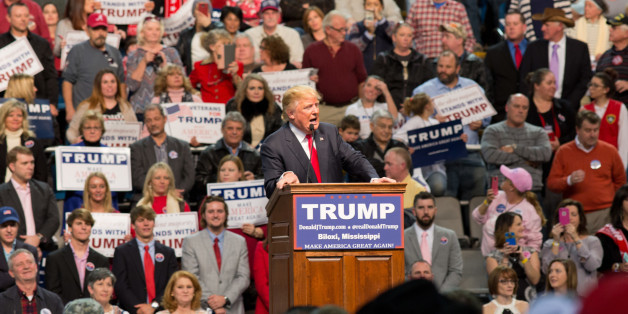

In the days since the US election result, much has been made of the ‘whitelash’ that appears to have propelled Donald Trump to the highest office in the land.
We’ve seen the figures showing how white voters, who make up 69% of the total, voted 58% for Trump and 37% for Clinton. By contrast, non-white voters, who make up 31% of the electorate, voted 74% for Clinton and 21% for Trump.
This laser-like focus on the ethnic majority not only confounded the pundits (who believed demographic shifts had made such an outcome impossible) but has echoes of our own Brexit vote, where Lord Ashcroft’s polling has shown that those identifying as ‘English’ rather than ‘British’ were much more likely to vote leave.
There’s no doubt that many white Americans - particularly in the declining Rust Belt states that were critical to Mr Trump’s victory - feel a justifiable sense of pain about the loss of industries that used to provide whole communities with secure employment and prosperity. Their grievances can’t simply be dismissed as racism or misogyny - there are significant economic imbalances in the US that need to be addressed.
You can read the full article on the Huffington Post Website.